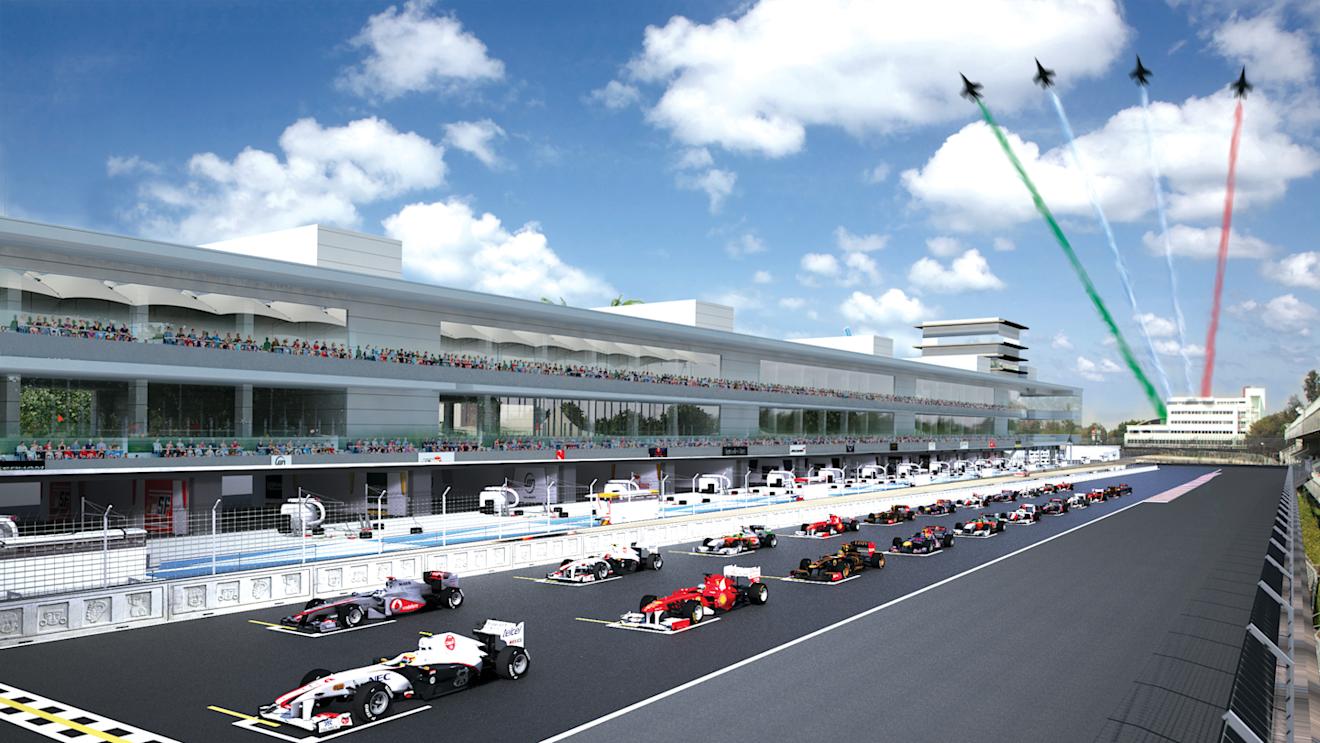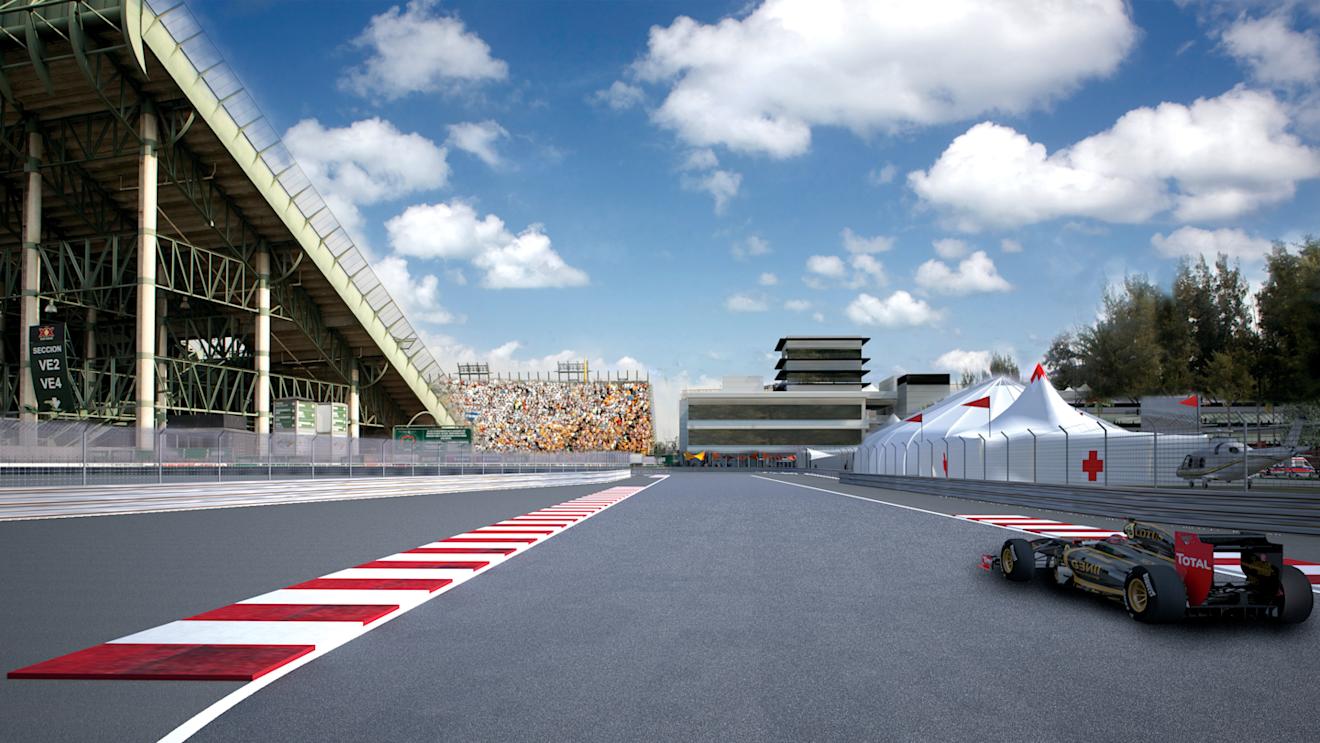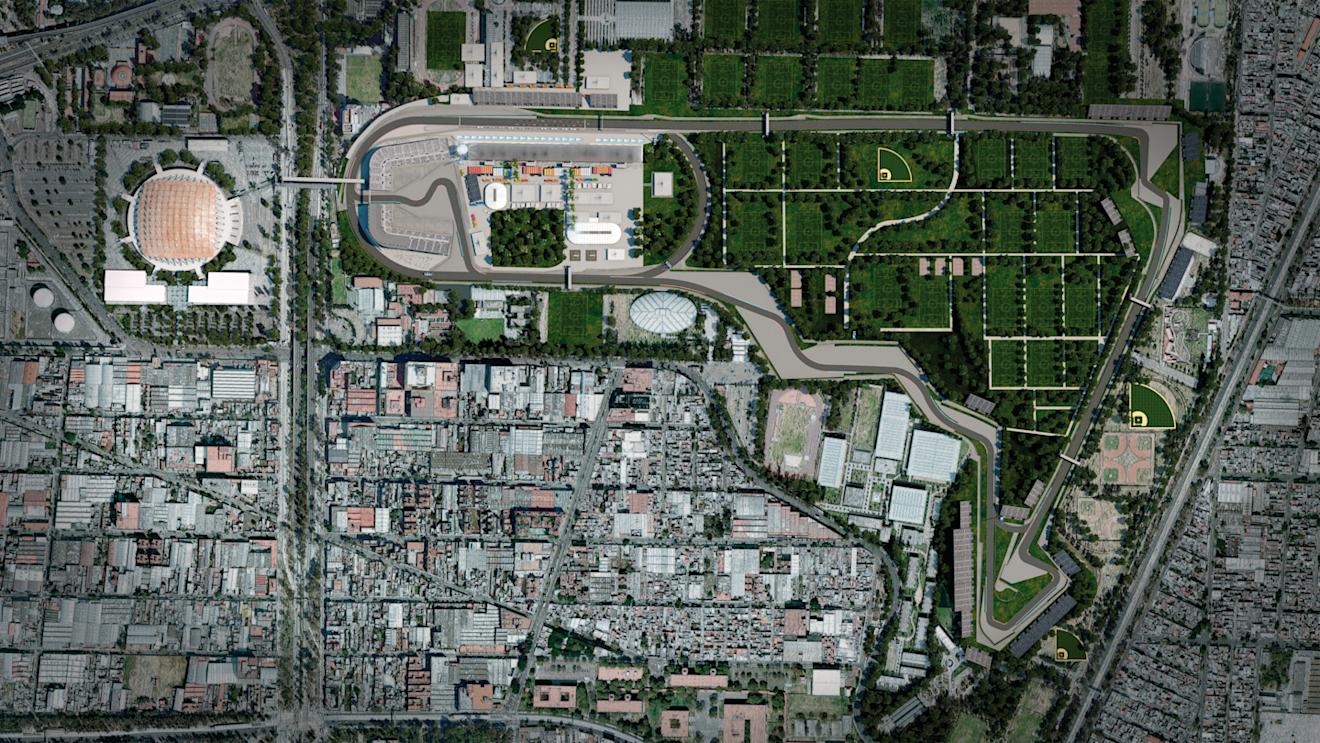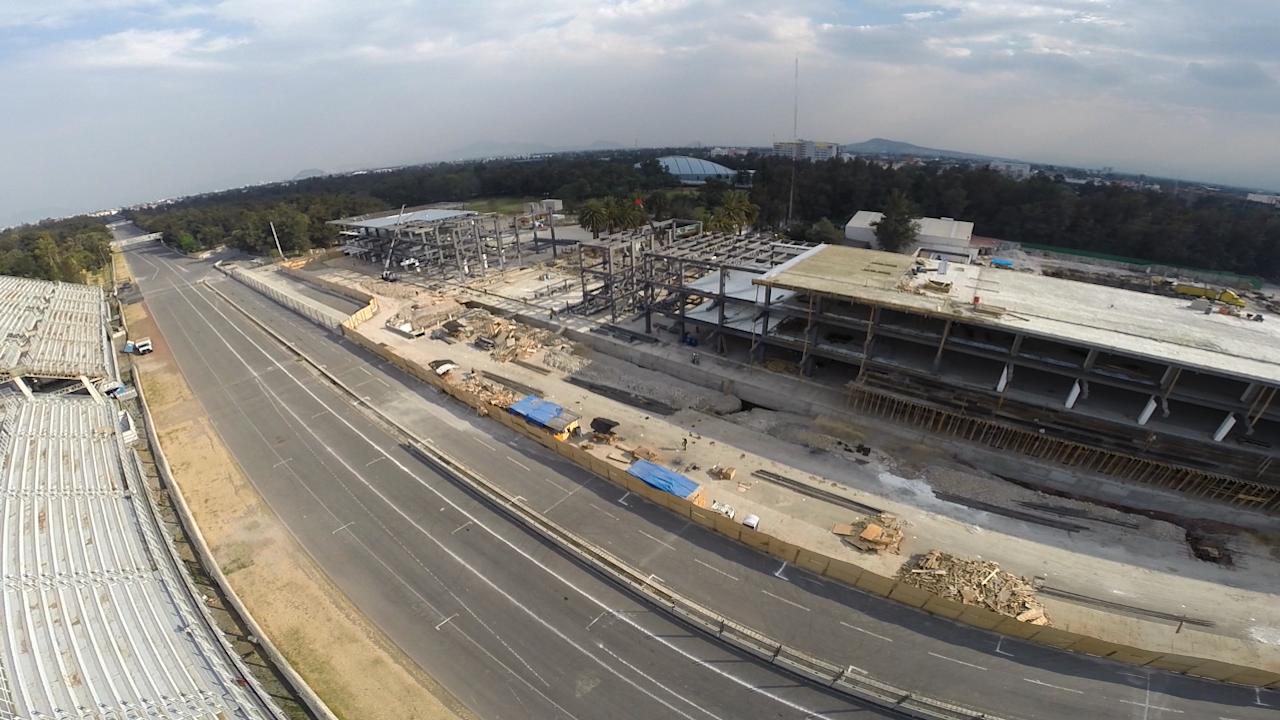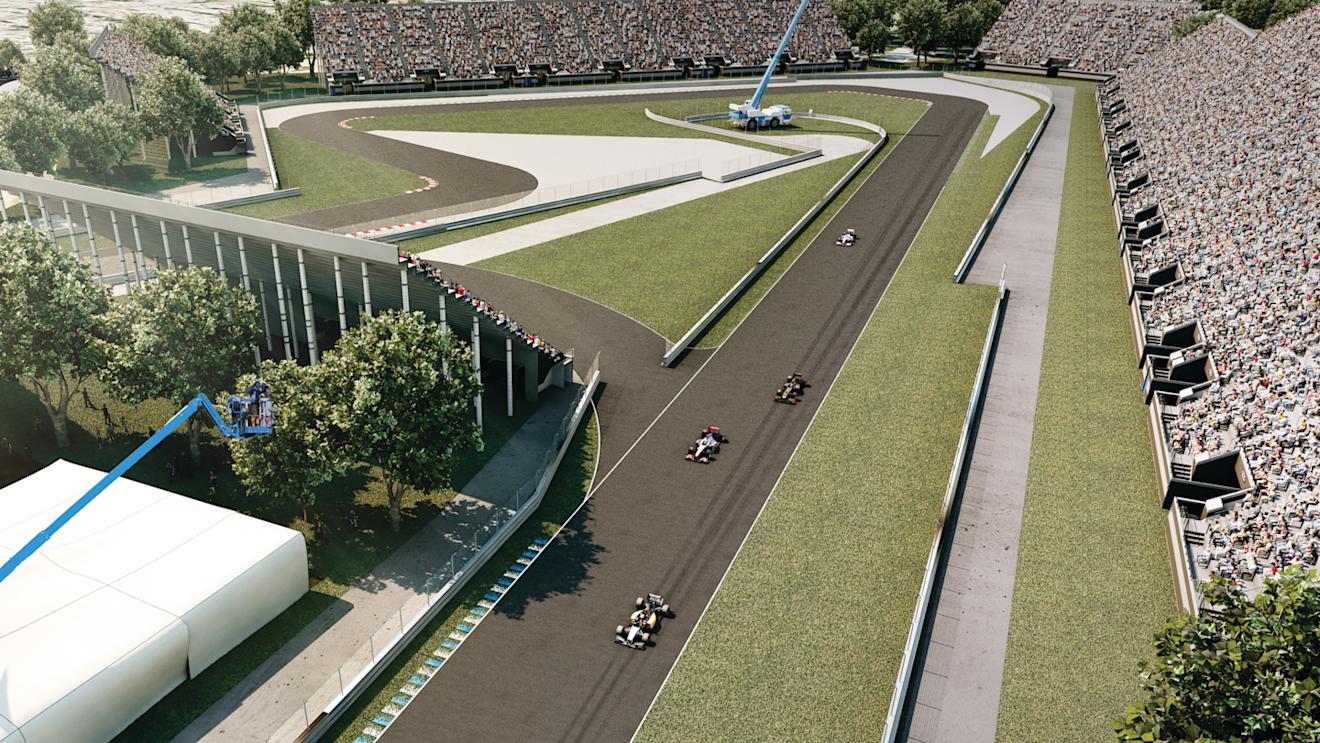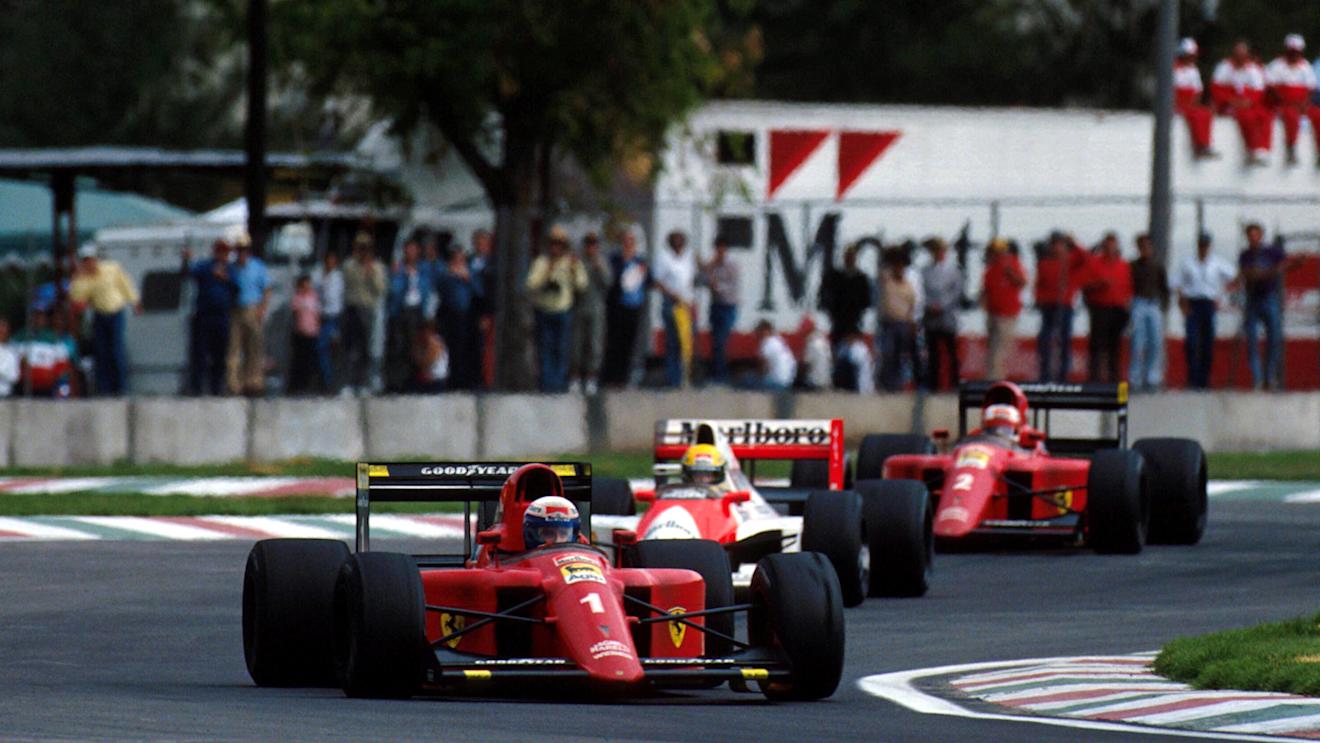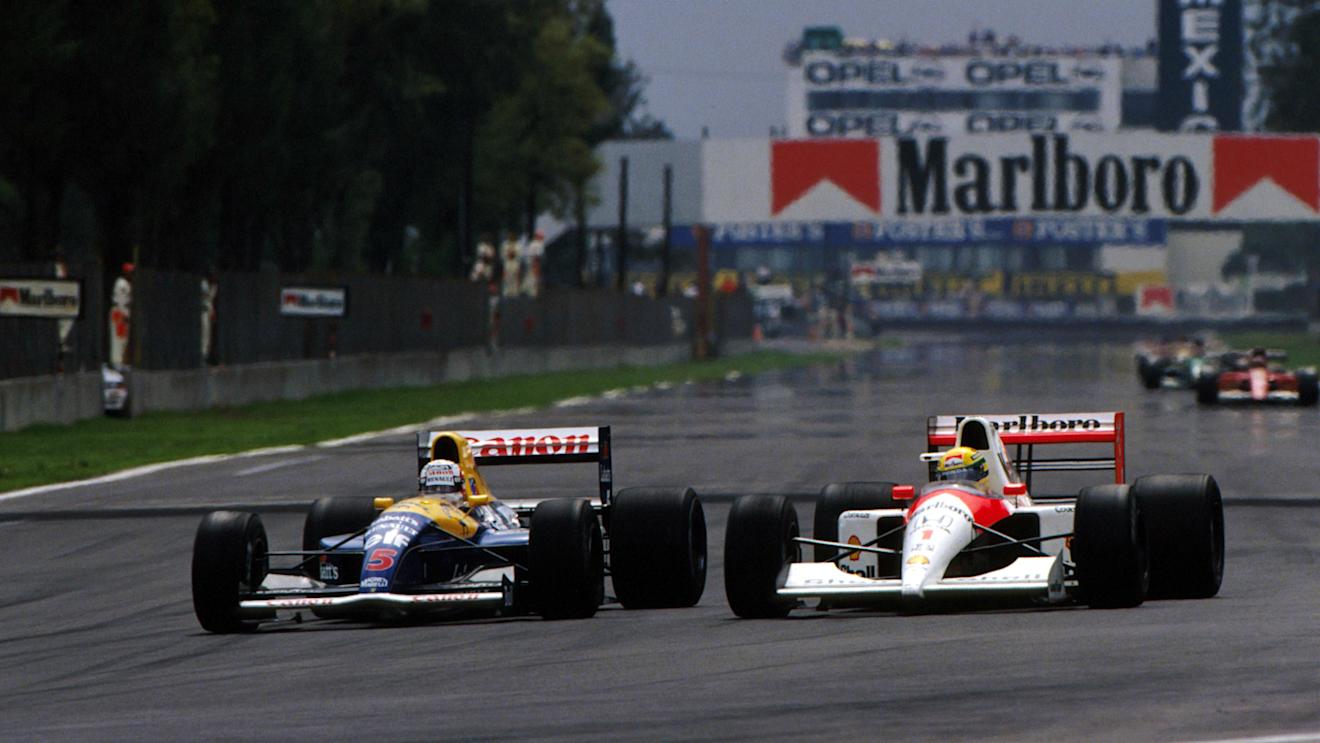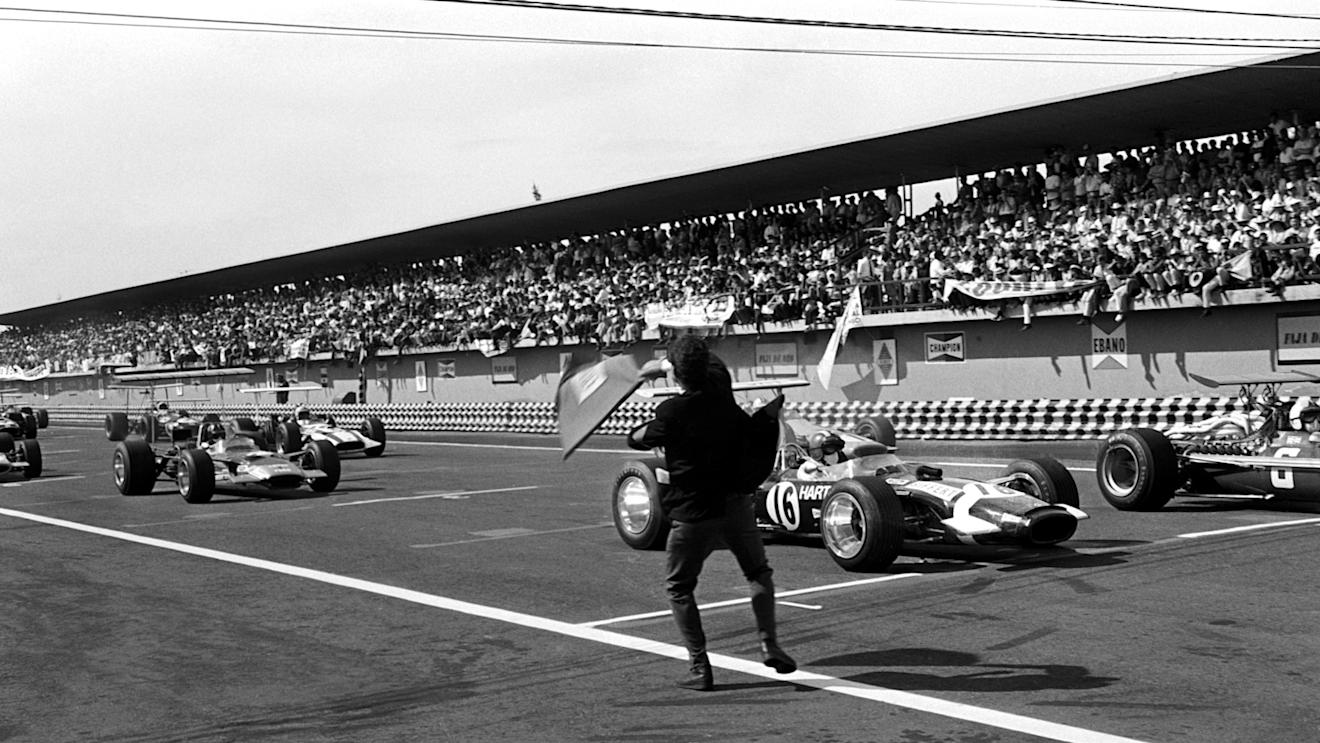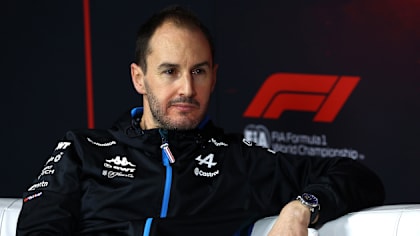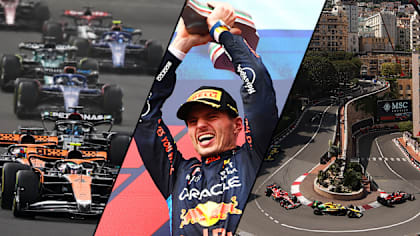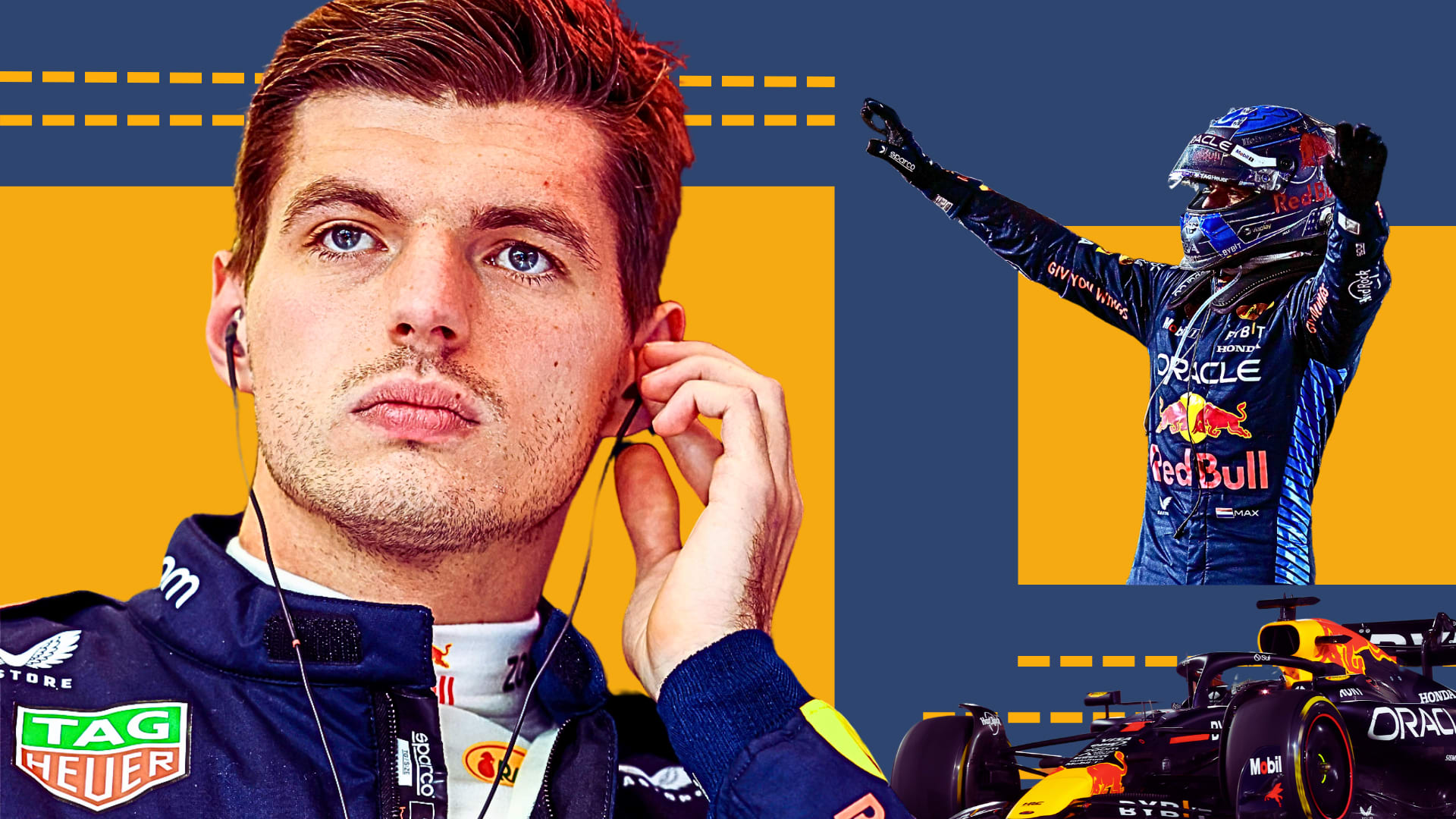Heard the one about One Direction, Madonna and Formula One racing's return to the Autodromo Hermanos Rodriguez? That's not the start of a joke, but just two of the more unusual hurdles that had to be overcome in order to get the celebrated circuit ready to host its first Grand Prix in more than two decades this November. We spoke to Christian Epp, the man overseeing the revamp, for an exclusive inside line on how work is progressing, and what we can expect in little more than six months' time...
"Things happen a bit differently out here sometimes," laughs Christian Epp, representative of Tilke GmbH & Co. KG. "You have a few cultural things of course, times when you need to accommodate different mentalities, but that works fine; actually it's a pleasure. But other things, like big events that bring huge crowds to the site even during construction, I thought at times would be impossible. In Mexico, though, everything is possible..."
1 / 6
In his role as Director of the Americas for Tilke, Epp is responsible for every facet of the sweeping changes being made to the Mexico City circuit. Even for someone so well versed in circuit construction, it's a unique set of responsibilities.
First included on the F1 calendar in 1963, and with winners including Jim Clark, Alain Prost and Ayrton Senna, it is a venue steeped in motorsport history. Revamping such a classic therefore comes with inevitable pressures - but that's by no means the only obstacles Epp and Tilke have encountered.
"The first challenge we had was dealing with the heritage of the track," Epp explains. "It can be tricky working with something people know and love. Everything we do is analysed in depth. But F1 has changed in every aspect over the years, from the cars themselves all the way to the infrastructure. We needed to adapt.
"Number two for us was working within a living city. This [the Magdalena Mixhuca park in which the circuit is set] is public ground. Every week tens of thousands of people use it for their leisure. Working within that is not always easy - and that's before we get to the unmapped pipelines and gas lines that we sometimes come across, part of 100 years of buried city infrastructure.
"But number three...number three was the fact this is still a huge entertainment venue for our client, live events company CIE - the largest out-of-home entertainment company in Latin America. All the big concerts, like AC/DC in 2009, Madonna in 2012 and One Direction in 2013, played in the Foro Sol stadium (through which the modified circuit will run on its way back to the start/finish straight). You have huge rock or Latin festivals that bring up to 300,000 people - we've had a few of these.
"We advised against them, but they went ahead and it worked out: in the end it was a learning curve for us actually. So it hasn't been without its challenges - but it has worked. "
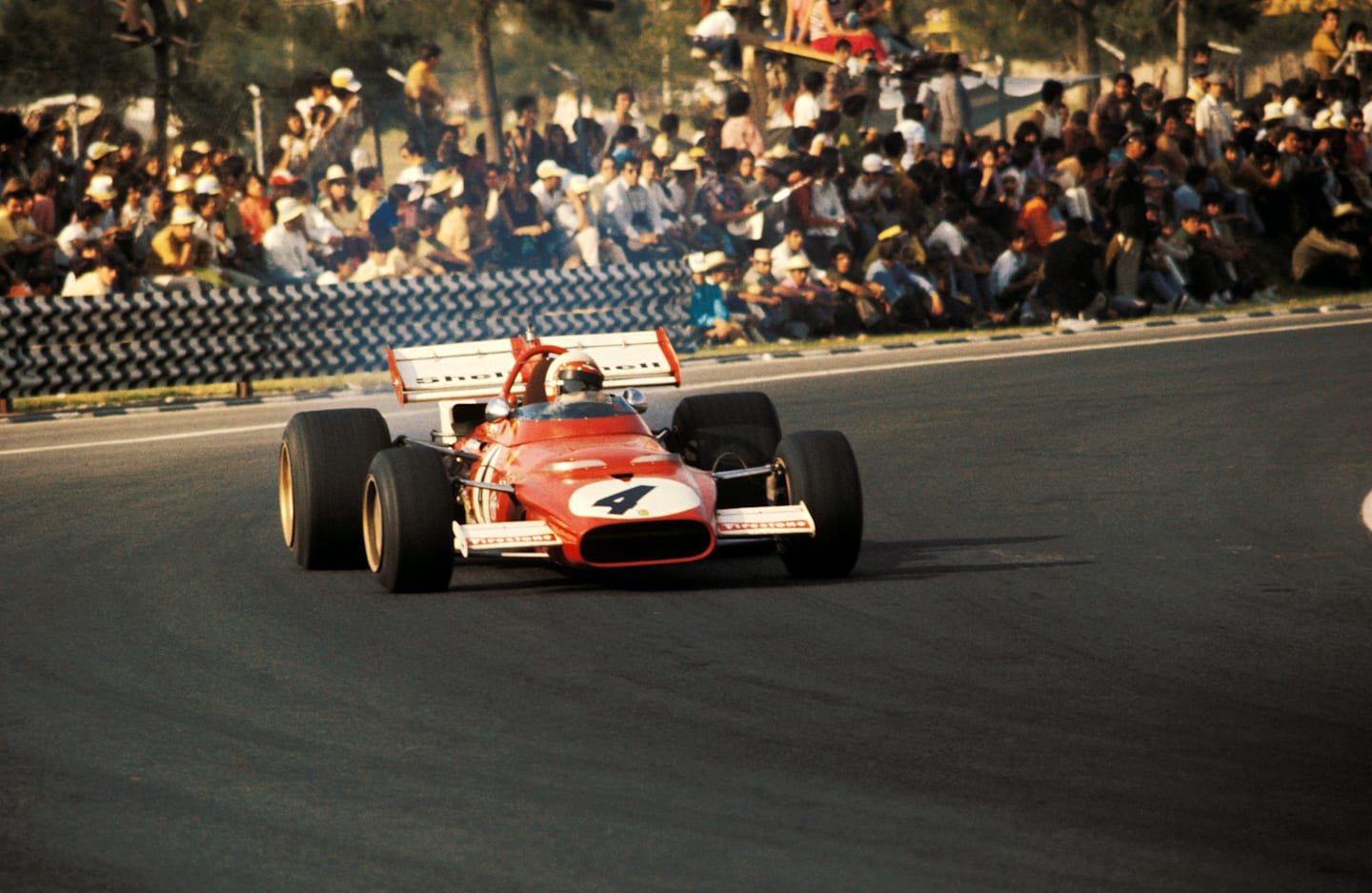
Clay Regazzoni (SUI) Ferrari 312B ended his sensational debut season with pole position and a second place finish. Mexican Grand Prix, Mexico City, 25 October 1970. BEST IMAGE
The first challenge we had was dealing with the heritage of the track...
Christian Epp
Work it has, but the scale of the undertaking shouldn't be underestimated. On top of Epp's comments about working within a living city - Mexico and its capital are both major tourist hubs - the schedule is exacting. Every inch of the circuit is being resurfaced; the old pit buildings have been dismantled, with new facilities - including medical and media centres - gradually nearing completion; a new paddock tunnel is being constructed; and new drainage systems are being installed throughout.
At any stage in time, between 500 and 800 people are working on site - the "beauty" of a 4.3 kilometre-long building site, as Epp puts it, although admittedly "more labour intensive" than his last Grand Prix project, the Circuit of The Americas in Texas.
Nothing has escaped attention. Tilke have even re-plotted the start/finish straight, which has been shifted 15m to the right of where it used to run in order to afford better views from the existing Turn 17 grandstand - "basically the only element we kept as it is," according to Epp.
But while the off-track changes are the most visible, the circuit itself has been carefully tweaked, with roughly 50 percent of the layout undergoing some form of change.
Turn 1, for example, is now a bit deeper than its predecessor, and tighter too at almost 90 degrees. Tilke's advanced modelling simulations suggest that the long DRS straight will mean cars hit speeds of around 328 km/h - which, allied to an incline of 20m under the brakes, make it a prime candidate for overtaking.
The stadium section starting at Turn 4 has been modified, with a bank of grandstands now sitting where the old circuit used to run. Epp says they plan to join these grandstands together before November "to create a single, enclosed stand - and an amazing atmosphere". From there the Esses now follow a new route, dictated by run-off areas and the fact the circuit only owns a narrow strip of land to work within.
"This is happening now - it's been the biggest part of work on the track. The original layout didn't allow for any run-off as the circuit owns a small corridor of land, so we had to manoeuver between limits. The new layout is almost inverted compared to the old Esses."
1 / 5
One of the most talked about changes then arrives in the final section. Rather than heading into Peraltada, the track veers right at the new Turn 12, and then winds through a series of slow corners before emerging through the middle of the grandstand and switching right for the run down to the finish line.
"Peraltada was too dangerous. The FIA would not allow us to keep it. You would have had cars going in at 320 km/h - it would have been completely nuts.
"I think the solution, to head out through the middle of a stadium, is unique. You have 30,000 people in this section, the slowest, most technical part of the track. It should be something really special."
With work continuing apace, Epp says that "90 per cent" of the heavy work will be completed by the time of the FIA's compulsory inspection on August 1. The detail work - installing tyre walls, proper safety barriers, kerbs and grass, and painting the surfaces - will follow, but they are in "good shape", and possibly even ahead of schedule, for F1 racing's arrival in the final week of October.
The teams too are well prepared, aided by Tilke's own simulations. "We know the exact braking points, the speed at each part of the circuit, the brake cooling time, the run-off areas needed - there's a good understanding," Epp adds. Early forecasts suggest a lap time in the high 1m 14s bracket - roughly two seconds faster than Nigel Mansell's 1992 record.
Pirelli too have requested a sample of the new surface, in order to gauge what selection of tyres is most suitable for the circuit - although given that it is brand new, conditions will change dramatically as it rubbers in over the weekend.
"We feel confident we're in good shape. And the circuit is too - there are good transport links, with two metro lines. There is a good concept to direct people to the stands. The promoter is very qualified in handling huge groups - as they say in Texas, it's not their first rodeo. The track is fantastic. And there is a city of 25 million people on the doorstep - 25 million people with a massive, historic passion for the sport. All the ingredients are here for a very special weekend..."
